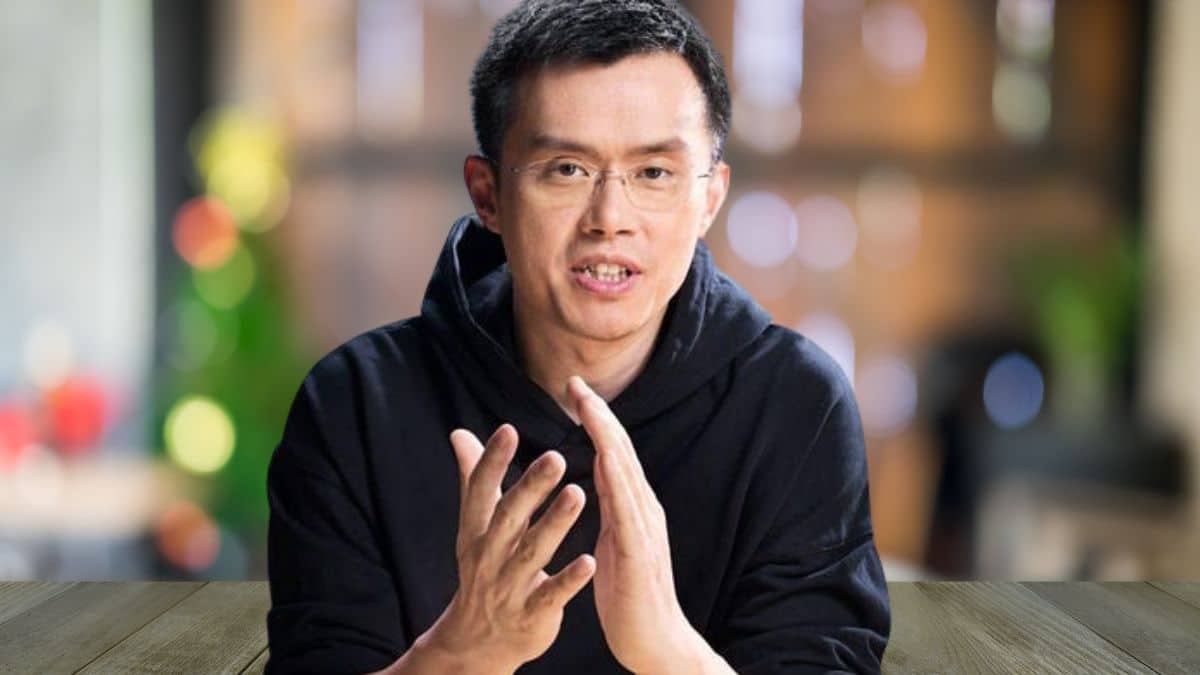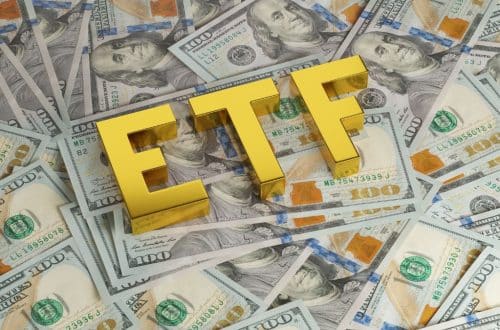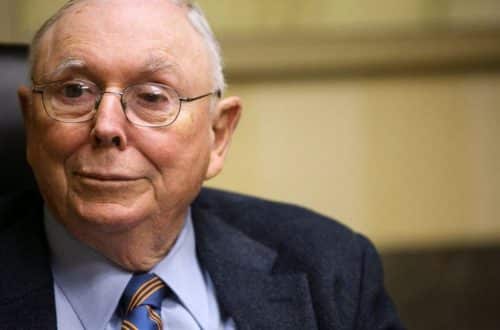
Dyrektor generalny Binance uważa, że inwestorzy przestawią się na stablecoiny inne niż USD
- Dyrektor generalny Binance, Changpeng Zhao, stwierdził, że branża kryptograficzna będzie stopniowo przechodzić na monety typu stablecoin bez dolara.
- CZ zauważył, że stablecoiny oparte na dolarze “wciąż mają znaczenie”, ponieważ “większość ludzi nadal ponosi wydatki w walutach fiducjarnych”.”
- Przewidział, że branża będzie stopniowo polegać na innych walutach, takich jak euro, jen i dolar singapurski, aby tworzyć monety typu stablecoin.
- Zhao stwierdził, że algorytmiczne stablecoiny również znajdą swoje miejsce na rynku kryptowalut, ale przestrzegł, że “z natury wiążą się z ryzykiem”.”
Największa na świecie giełda kryptowalut, Binance, trafiła na pierwsze strony gazet na początku tego tygodnia, gdy amerykańska Komisja Papierów Wartościowych i Giełd (SEC) wydał zawiadomienie Wellsa właścicielowi stablecoina BUSD, firmie Paxos. Co ciekawe, firma płatności blockchain z siedzibą w Nowym Jorku nie będzie już tworzyć i emitować stablecoina BUSD. Co ciekawe, dyrektor generalny Changpeng Zhao, znany również jako CZ w przestrzeni kryptograficznej, stwierdził, że branża będzie stopniowo przechodzić na nie-dolarowe monety typu stablecoin.
W Przestrzenie na Twitterze 14 lutego CZ oświadczył, że światowy przemysł kryptowalutowy będzie stopniowo przechodził na stablecoiny inne niż USD. Zapytany o to, czy branża kryptowalut używa złota jako standardu wartości zamiast dolara amerykańskiego, dyrektor Binance stwierdził, że “ma sens” korzystanie ze złota, zaznaczając jednocześnie, że większość ludzi określa swoją wartość netto i portfel w walutach fiducjarnych, takich jak dolary.
CZ zauważył, że stablecoiny oparte na dolarze “nadal mają znaczenie”, ponieważ “większość ludzi nadal ponosi koszty w walutach fiducjarnych”, a zwroty z inwestycji w zysk lub stratę obliczane są w walutach fiducjarnych. Współzałożyciel Binance uważa jednak, że w związku z niedawnymi działaniami władz USA przeciwko istnieniu stablecoinów opartych na dolarze, branża kryptowalut będzie stopniowo opierać się na innych walutach, takich jak euro, jen i dolar singapurski, które będą wykorzystywane do wspierania stablecoinów.
“Myślę, że biorąc pod uwagę obecną presję i obecne stanowiska regulatorów w sprawie stablecoinów opartych na dolarze amerykańskim, uważam, że, jak pan powiedział, branża prawdopodobnie przeniesie się w stronę stablecoinów opartych na walutach innych niż dolar amerykański […]. W rezultacie prawdopodobnie zobaczymy więcej stablecoinów opartych na euro lub innych jenach japońskich, a także dolarach singapurskich, co tak naprawdę skłoniło nas do poszukiwania innych opcji w różnych miejscach” – powiedział CZ.
Co ciekawe, Zhao stwierdził, że algorytmiczne stablecoiny również znajdą swoje miejsce na rynku kryptowalut w niedalekiej przyszłości, ale ostrzegł, że “z natury wiążą się z ryzykiem”. Potwierdza to upadek kilku algorytmicznych stablecoinów w 2022 roku, takich jak UST, USDN i inne. Upadek Terry był jedną z największych katastrof finansowych na świecie.
Dyrektor generalny Binance stwierdził, że jedynym sposobem na działanie algorytmicznych stablecoinów jest transparentne ujawnienie użytkownikom ryzyka, co pozwoli im “jasno określić, co się dzieje” i samodzielnie zdecydować, które stablecoiny chcą dodać do swojego portfela.
Te oświadczenia szefa Binance pojawiły się zaledwie dzień po tym, jak Paxos potwierdził, że przestanie emitować BUSD zgodnie z instrukcjami nowojorskiego Departamentu Usług Finansowych (NYDFS). Ponadto SEC stwierdziła również, że BUSD można uznać za niezarejestrowany papier wartościowy.
Paxos potwierdził, że zaprzestanie emisji tokenów BUSD 21 lutego i będzie przestrzegać wytycznych NYDFS. Firma infrastruktury blockchain zaznaczyła, że wszystkie istniejące tokeny BUSD będą w pełni zabezpieczone i możliwe do wymiany za pośrednictwem Paxos Trust ’przynajmniej do lutego 2024 roku“.”
“Binance będzie nadal wspierać BUSD w dającej się przewidzieć przyszłości. Przewidujemy, że użytkownicy z czasem przejdą na inne stablecoiny. Wprowadzimy odpowiednie zmiany w produktach, np. odejdziemy od używania BUSD jako głównej pary do handlu” – powiedział CZ, dodając, że “będziemy analizować inne projekty w tych jurysdykcjach, aby zapewnić naszym użytkownikom ochronę przed wszelkimi nieuzasadnionymi szkodami” – powiedział CZ w oświadczeniu. wpis na Twitterze.







